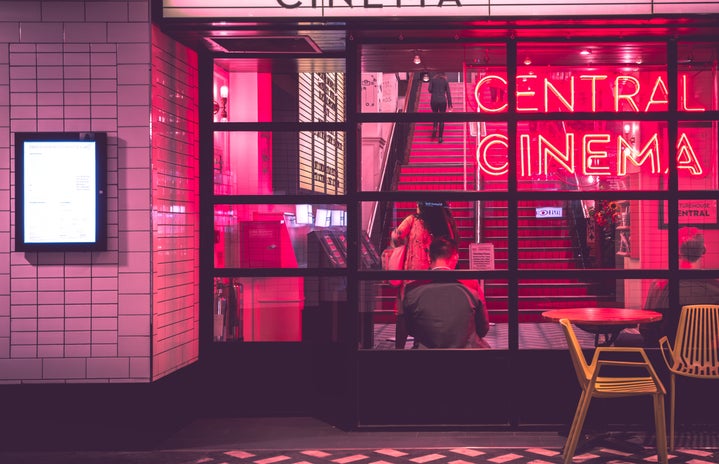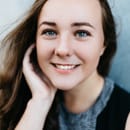Stanley Kubrick’s 1980 film The Shining has been hailed on more than one occasion as the best horror movie of all time. Striking visuals paired with unsettling storytelling made it go down in history as radical and hugely influential for the film industry at the time. Of course, it was based upon Stephen King’s novel of the same name which was published in 1977, and there were major differences between the two, though both are still highly respected within their mediums as independent of each other. In 2013, King published a sequel to The Shining, titled Doctor Sleep, which was recently given its own film adaptation directed by Mike Flanagan. Uniting the book and the movie predecessors for this sequel to make sense presented more than a few challenges and caused a lot of discussions to resurface around the cult classic.
It’s no secret that Stephen King wasn’t entirely pleased with Kubrick’s adaptation of his novel. Without going too deeply into spoilers (although come on, the thing’s been out for almost 40 years, it’s time to catch up), a lot of major plot points were altered from the original text which changed its overall themes and messages. So when King wrote his sequel, it followed the events of the novel version of its predecessor. When the time came for a film adaptation of Doctor Sleep, this created a lot of issues. However, King was far more involved in the production of this film, and it definitely seems to have his stamp of approval as a result. Director Mike Flanagan (who also adapted King’s novel Gerald’s Game to be a Netflix Originals movie, in addition to turning Shirley Jackson’s The Haunting of Hill House classic into a Netflix series) was successfully able to combine the well-known canon of Kubrick’s film with King’s original ideas, creating a sequel which reads as a love letter to both the novel and film versions of The Shining, while continuing the story of its central character.
Doctor Sleep follows a now-adult Danny Torrance as he tries his best to navigate through life with his telepathic gift of the shining and not fall into the footsteps of his father’s alcoholism. There are innumerable cinematic parallels between this film and Kubrick’s The Shining, which will undoubtedly thrill any fan, but the film also contains a narrative arc that entirely redeems the original ending of The Shining as a novel. Ewan McGregor’s performance as older Danny is perfect; there are even several instances where he’s made to look like Jack Nicholson on screen. I don’t want to give too much away here because there’s a certain part (okay, more than a few) of the movie that had me absolutely reeling in the theater, so do yourself a favor and go see it yourself if you like the movie from 1980!
The general fan response to Doctor Sleep has been sentimental and highly positive since The Shining is such a beloved story even several decades after its making. However, there have been some more critical reviews that seem to have stunted the film’s opening weekend box office earnings at about half of what was projected. I think that time will be kind to the movie, though. It’s a great deal of fun and was made with a lot of care and attention to both King and Kubrick’s stories. Clearly everyone involved was passionate about it. They even recreated parts of Kubrick’s set so accurately it feels like the same place!
Fans of The Shining, either the novel or film, should deeply enjoy Doctor Sleep and all its references and easter eggs. It’s able to neatly tie up the loose ends of King’s novel while still paying homage to Kubrick’s film, and the way it goes about doing this is staggeringly effective. I adore this story, and I know others do too; so I’m pleased to say that Doctor Sleep does it justice.
Why not treat yourself to seeing Doctor Sleep in theaters? “All work and no play makes Jack a dull boy,” after all.
Want to keep up with HCBU? Make sure to like us on Facebook, follow us on Instagram, check out our Pinterest board, and read our latest Tweets!



